Stone gardens blend natural stone elements with plantings to create low-maintenance, texturally rich landscapes that suit any style—from formal alpine beds to minimalist Zen retreats. Drawing on insights from experts and design authorities, this guide presents 20 inspiring stone garden ideas showcasing how rocks, gravel, boulders, and even man-made stone planters can transform your outdoor space into a serene haven. Whether you seek the structured elegance of a Japanese dry garden, the rustic charm of a pebble mosaic, or the functional beauty of stone retaining walls, each concept below explores practical tips, design considerations, and planting suggestions to help you craft a unique stonescape that thrives in your climate and complements your home.
1. Alpine Rock Garden
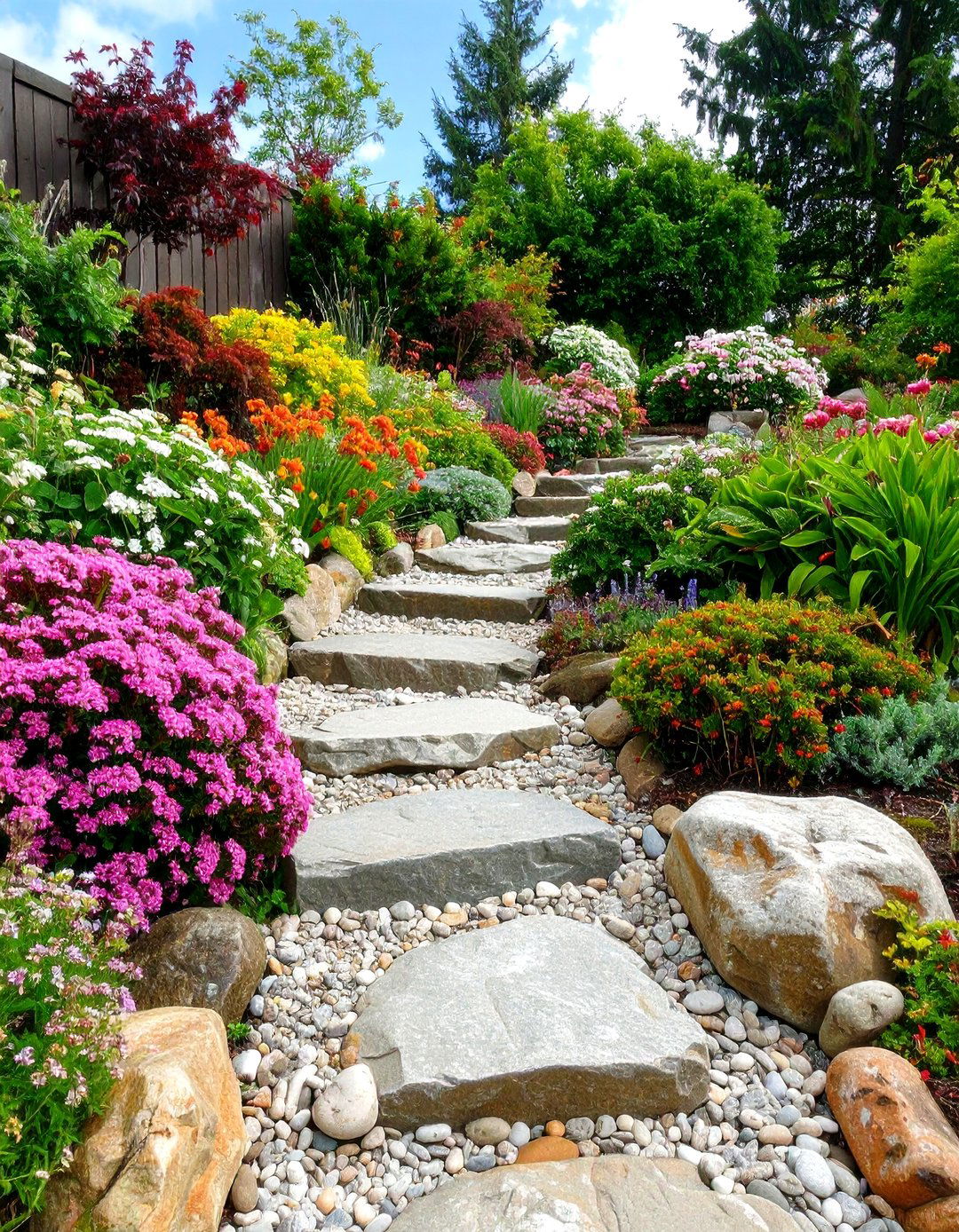
An alpine rock garden features imported or local stones arranged on a gentle slope, interplanted with compact, hardy alpine plants that thrive in shallow soil pockets. Rocks are set to mimic natural mountain outcrops, with plants like saxifrages, sedums, and creeping phlox nestled in crevices to soften edges and add seasonal blooms. A well-designed alpine garden includes a layer of gravel or small pebbles for drainage and uses stones to direct water flow, preventing erosion. Beyond aesthetics, this style requires minimal watering and upkeep once established, making it an excellent choice for water-wise landscapes.
2. Japanese Zen Garden

The Japanese zen garden, or karesansui, relies on raked gravel or sand to symbolize water, punctuated by carefully placed stones representing islands or mountains. Plantings are minimal—often limited to moss or low-growing evergreens—to maintain a meditative, uncluttered atmosphere. The precise selection and orientation of each rock follows centuries-old principles outlined in the Sakuteiki, ensuring harmony and balance. Regular raking not only creates visual patterns but also serves as a calming ritual, fostering mindfulness and connection with nature.
3. Dry Stream Bed

A dry stream bed uses a winding channel of river rocks and pebbles to simulate a creek, ideal for guiding rainwater runoff away from foundations and into rain gardens. Larger stones are placed intermittently as accents to mimic boulders, while smaller gravel cushions allow water infiltration during heavy storms. Plantings of moisture-tolerant grasses and perennials, such as Japanese forest grass or sedge, line the edges to add color and stabilize soils. This functional yet attractive feature reduces erosion and water pooling, seamlessly integrating stone and greenery.
4. Stone Stepping Path
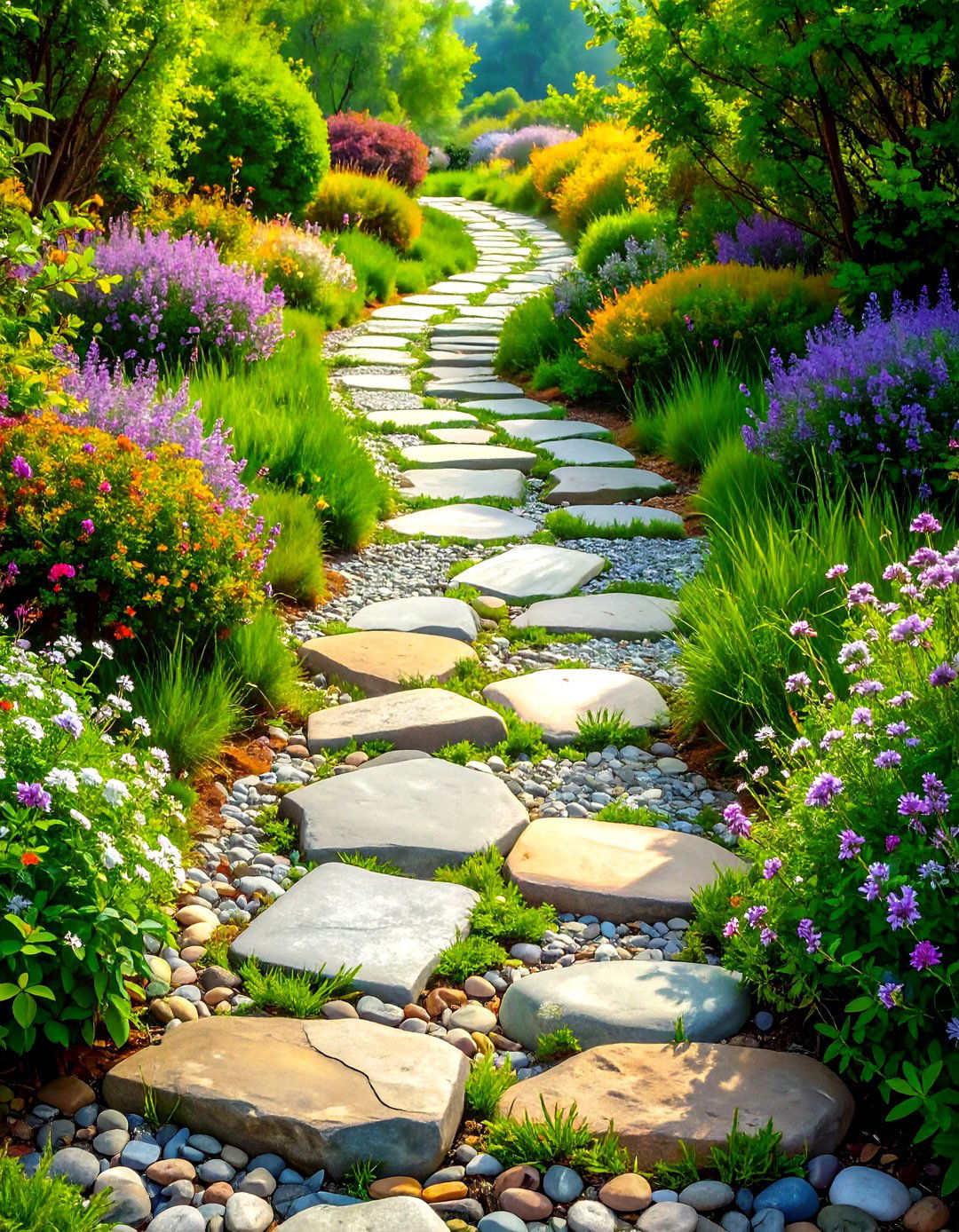
Create a natural meandering walkway with irregular flagstones or stepping pads set into gravel or lawn. Stones should be spaced to match stride length and partially embedded for stability. Narrow planting strips with creeping thyme or mondo grass between stones soften the hardscape and release delicate fragrances underfoot, enhancing the sensory experience. This approach combines form and function, providing clear circulation routes while maintaining a lush, garden-like ambiance.
5. Boulder Accent Focal Point

A single large boulder or cluster of medium-sized stones can become a striking focal point in a sprawling garden bed. Position the boulder off-center and anchor it with a mound of soil or gravel to appear naturally grounded. Surround it with sculptural grasses, agaves, or succulents to accentuate texture contrasts. Lighting placed behind or beneath the boulder accentuates its silhouette at night, transforming the feature into a dramatic sculptural element.
6. Retaining Wall Planter
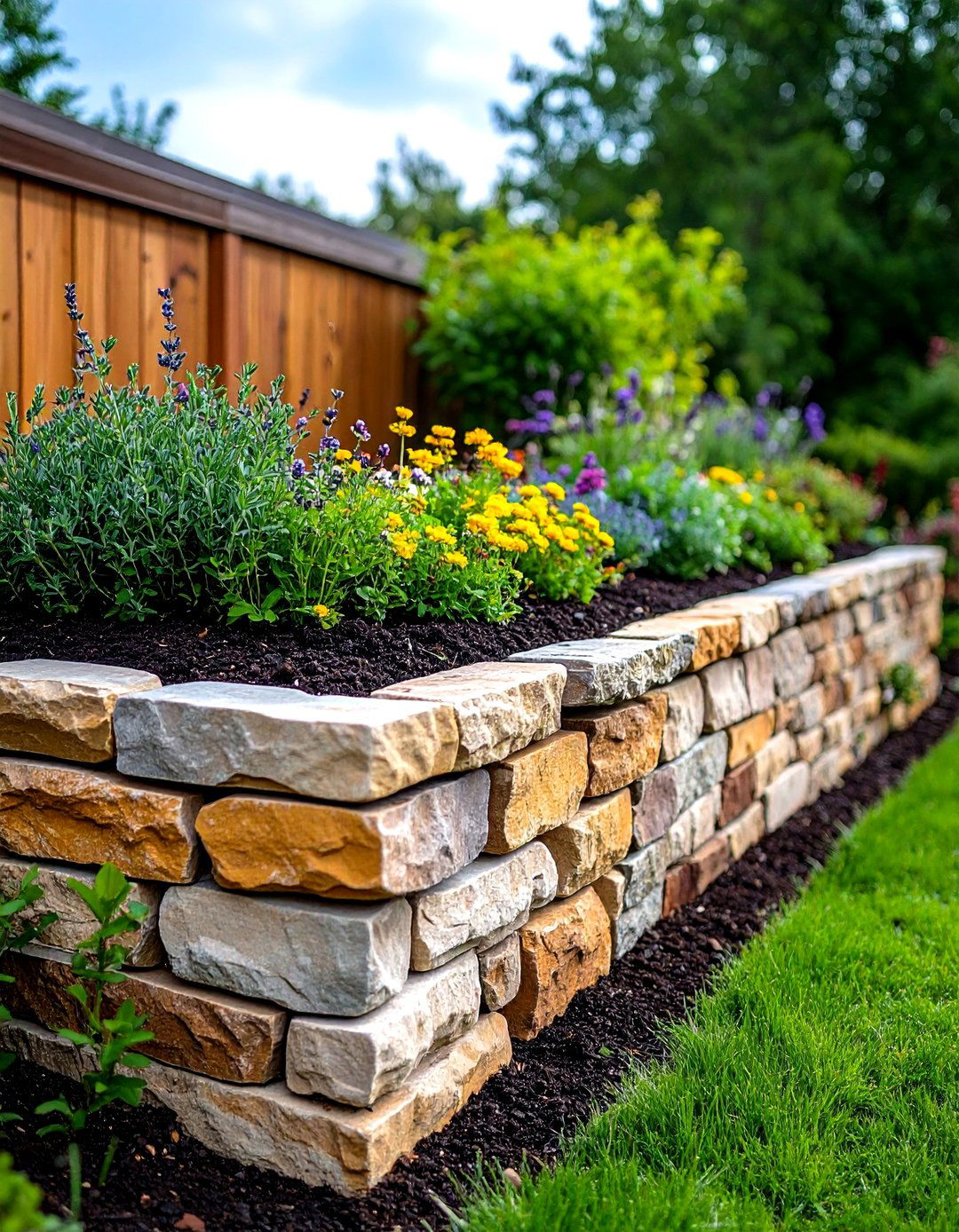
Stacked natural stone or dry-stacked blocks can form raised beds that double as retaining walls on sloped sites. The wall’s top ledge creates planting pockets for herbs, trailing groundcovers, or small shrubs. Mortarless construction allows rainwater to drain through joints, reducing hydrostatic pressure and supporting plant health. Choose stones that complement your home’s façade and vary stone sizes for a rustic yet refined appearance.
7. Gravel Courtyard
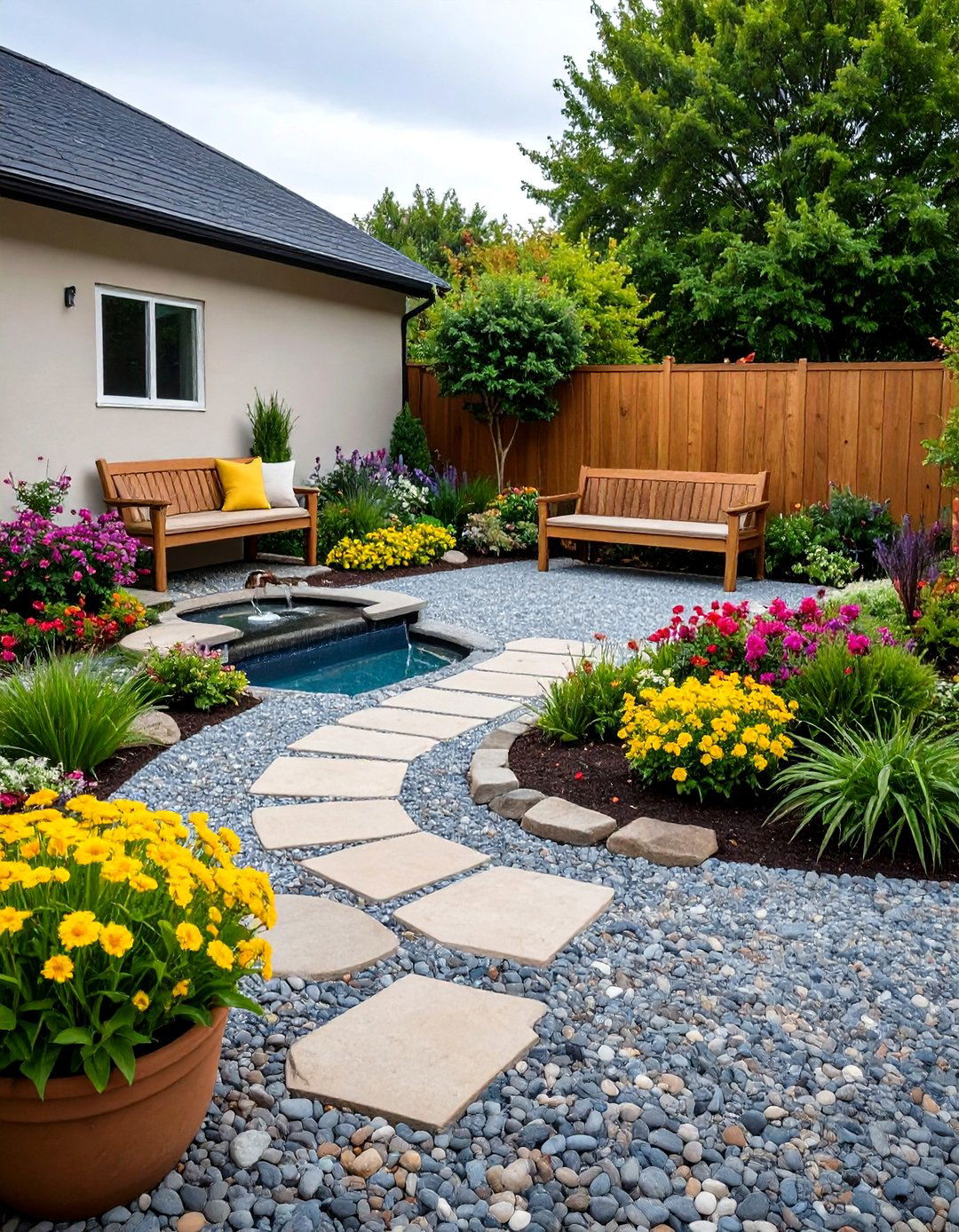
Transform a compact courtyard into a low-maintenance stone garden by covering the floor with pea gravel and surrounding it with large pavers or stepping stones. Container plantings of ornamental grasses, dwarf evergreens, or succulents add vertical interest without crowding the space. Incorporate elements like a stone bench or water feature to enhance functionality. Gravel courtyards excel in urban settings, providing a durable, permeable surface that reduces heat and weed growth.
8. Stone Fire Pit Circle
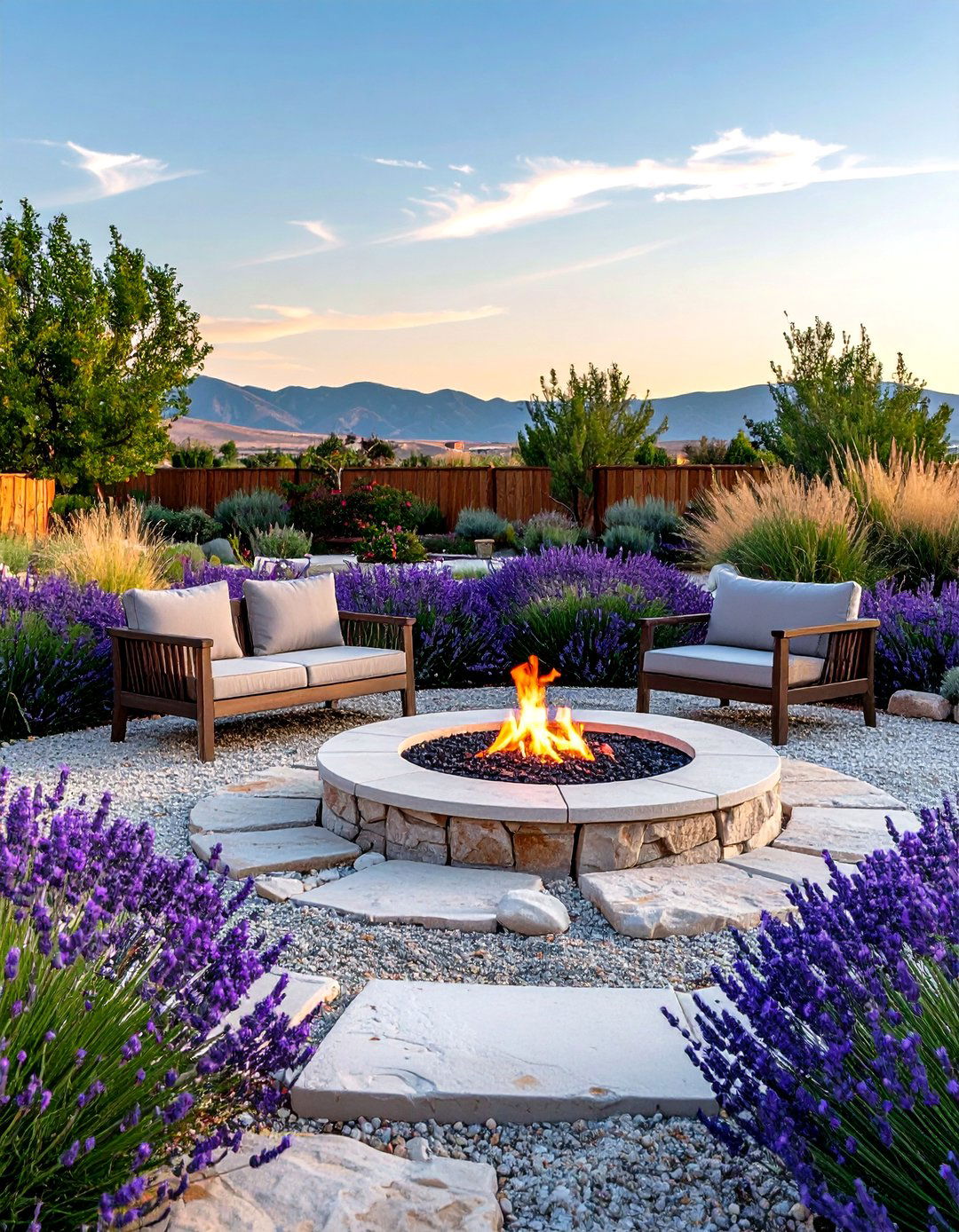
Frame an outdoor fire pit with a circular seating area of flat stones or pavers arranged in a spoke pattern. Use gravel or decomposed granite to fill gaps and define pathways to the seating ring. Edging stones or low walls can double as benches, offering informal seating. Complement the fire pit with drought-tolerant plantings such as lavender or ornamental grasses for fragrance and texture during gatherings.
9. Raised Stone Bed
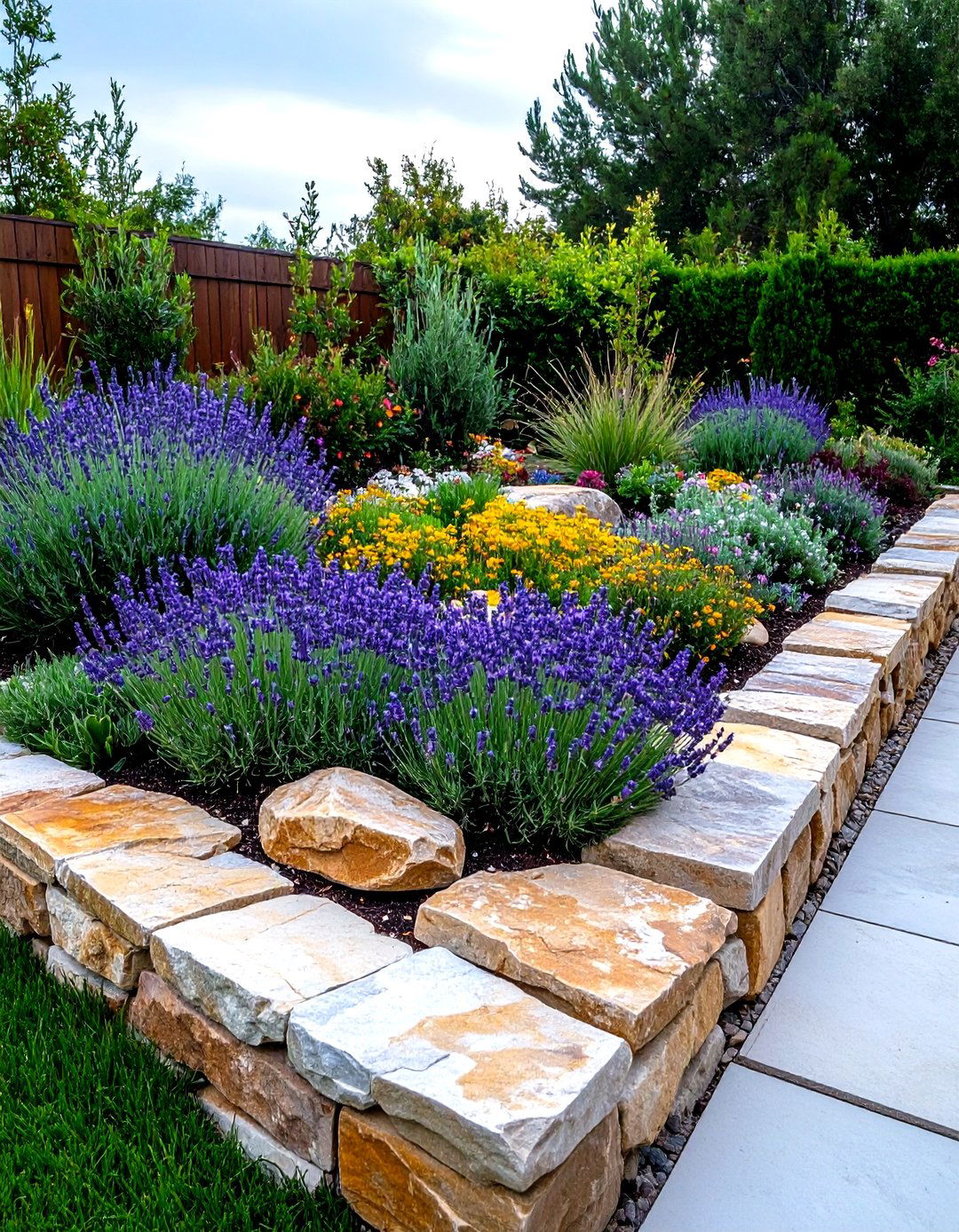
Construct a wide, shallow raised bed using split-face stones or flagstone slabs on end. This design elevates soil temperatures in spring and fall, improving drainage for Mediterranean plants like rosemary, lavender, and thyme. The stone’s thermal mass moderates root zone temperatures, extending the growing season. A coping of smooth flagstones provides a clean edge and optional seating ledge.
10. Flagstone Patio
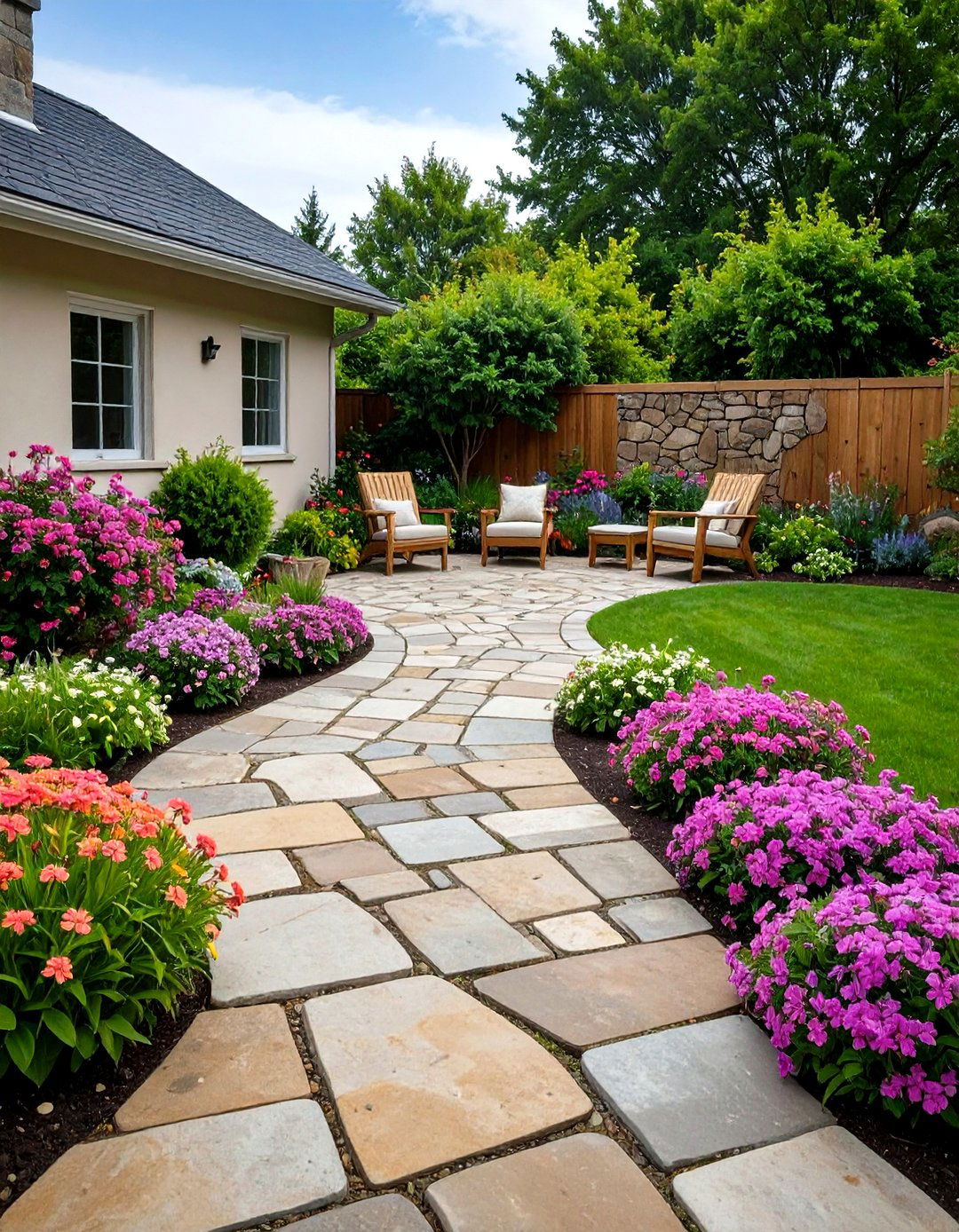
Create an irregular flagstone patio with stones laid on compacted sand, mortarless or set in mortar for a tighter fit. Choose lighter stone colors in sunny climates to reduce heat absorption. Surround the patio with low stone walls or edging to contain soil and plantings of sedums or creeping phlox that cascade over edges. This timeless hardscape complements diverse architectural styles and provides a durable outdoor living space.
11. Pebble Mosaic Art

Design a decorative pebble mosaic using small, smooth stones arranged in patterns or images within a recessed concrete or mortar bed. Popular motifs include flowers, waves, or geometric shapes. Pebble mosaics serve as artistic focal points in garden floors, pathways, or within granite paving. Sealing the surface after installation enhances color contrast and durability against foot traffic.
12. Gabion Wall Feature
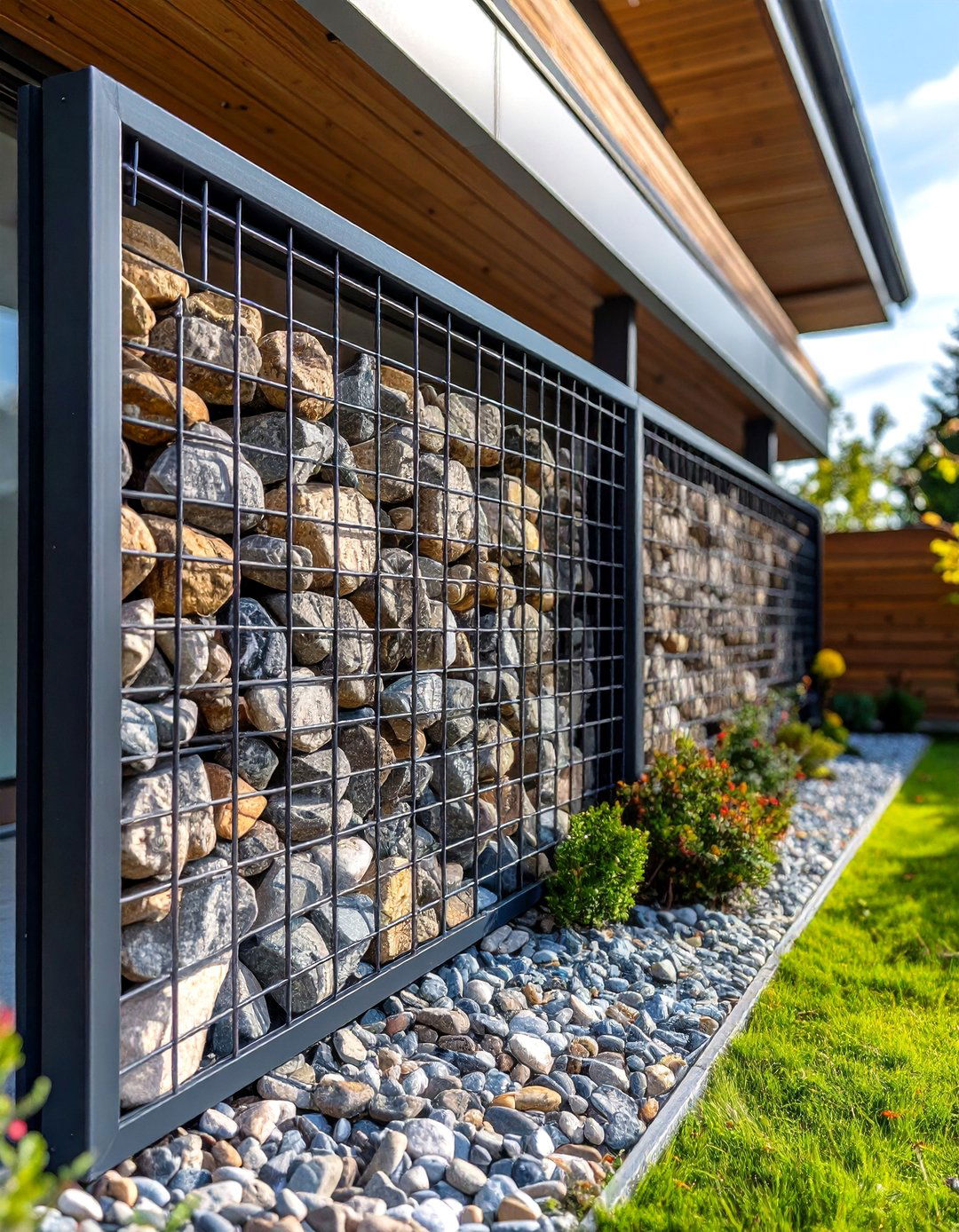
Gabion walls—steel cages filled with stones—offer a modern, sustainable alternative to traditional walls. They can define terraces, create seating backrests, or support planters. By selecting varying stone types—river rock, granite, or reclaimed materials—you can customize texture and color. Proper base preparation and corrosion-resistant mesh ensure longevity, with structures lasting decades under minimal maintenance.
13. Japanese Dry Garden (Karesansui)
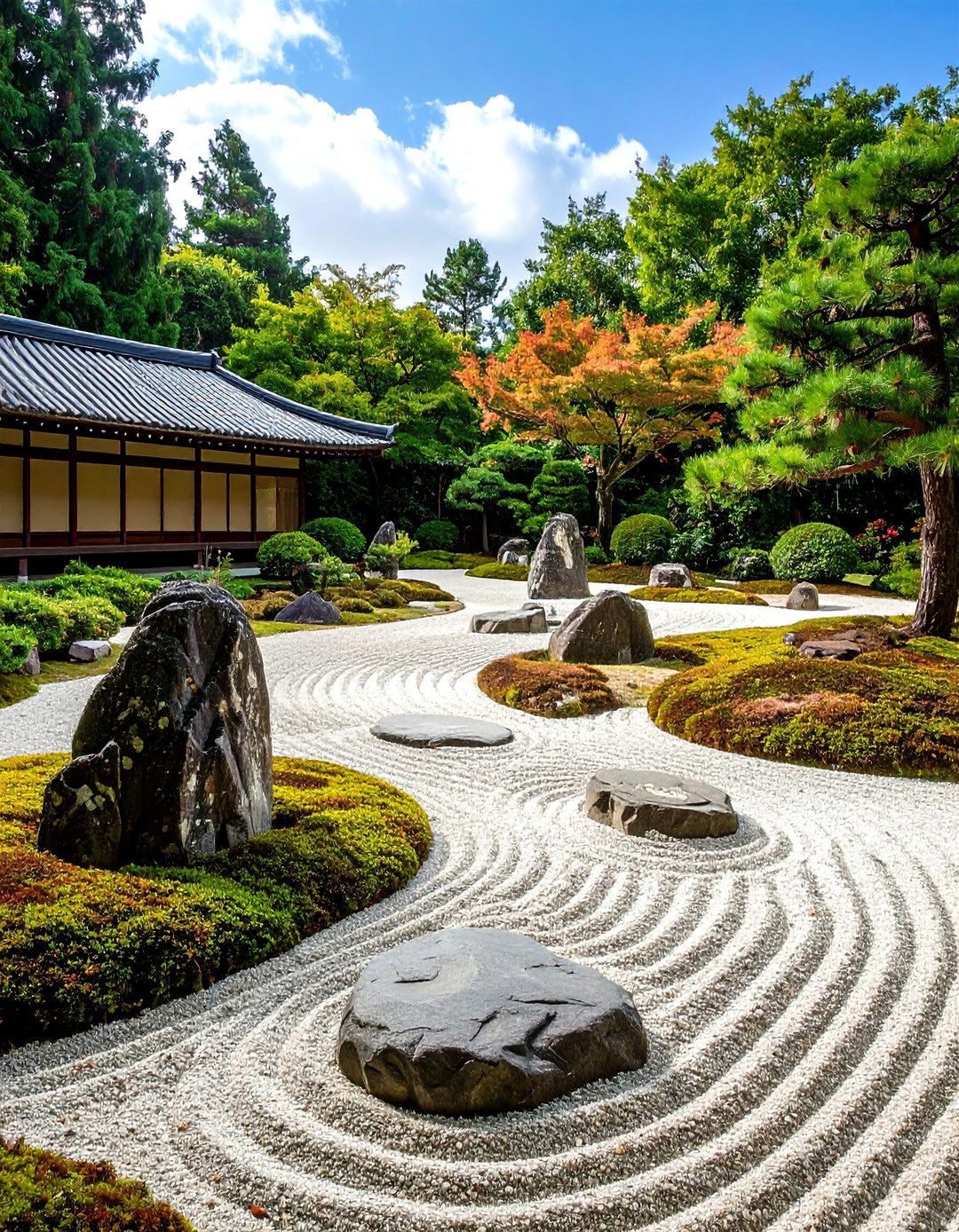
Building on Zen principles, this minimalist garden combines raked gravel, moss, and select upright stones to evoke natural landscapes in miniature. Plantings are absent or minimal, focusing attention on stone placement and raked patterns. Ideal for small urban courtyards or meditation spaces, the karesansui requires precise composition: stone groupings follow asymmetrical layouts, and gravel color complements surrounding architecture.
14. Hypertufa Planters
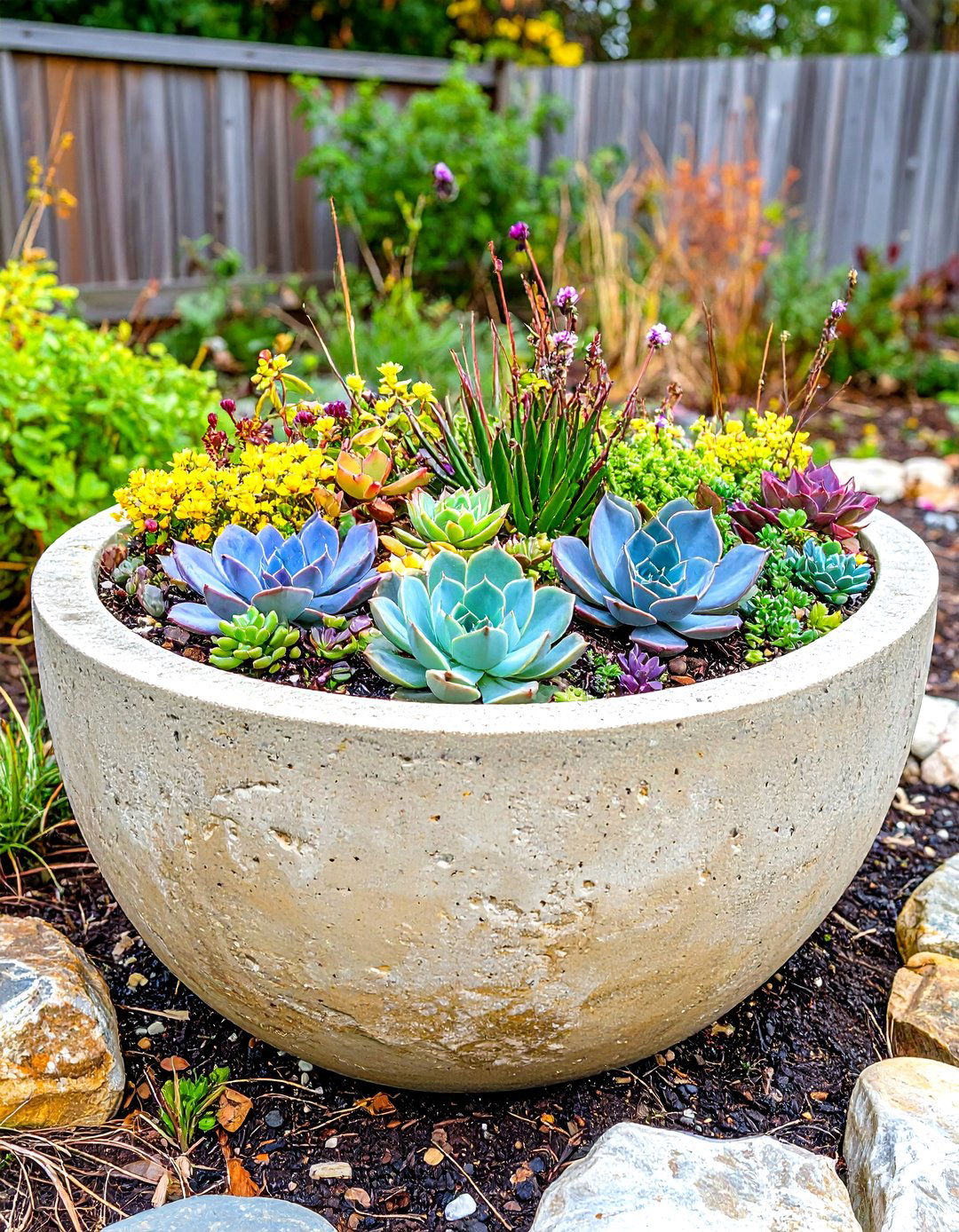
Hypertufa planters—crafted from a lightweight cement and aggregate mix—mimic natural stone troughs for alpine and succulent displays. After molding and curing, they’re finished to appear aged and weathered. These handmade containers allow gardeners to introduce stone-like elements anywhere, from patios to raised beds, without the weight of solid rock. Hypertufa’s porosity benefits plant roots by regulating moisture.
15. River Rock Ground Cover
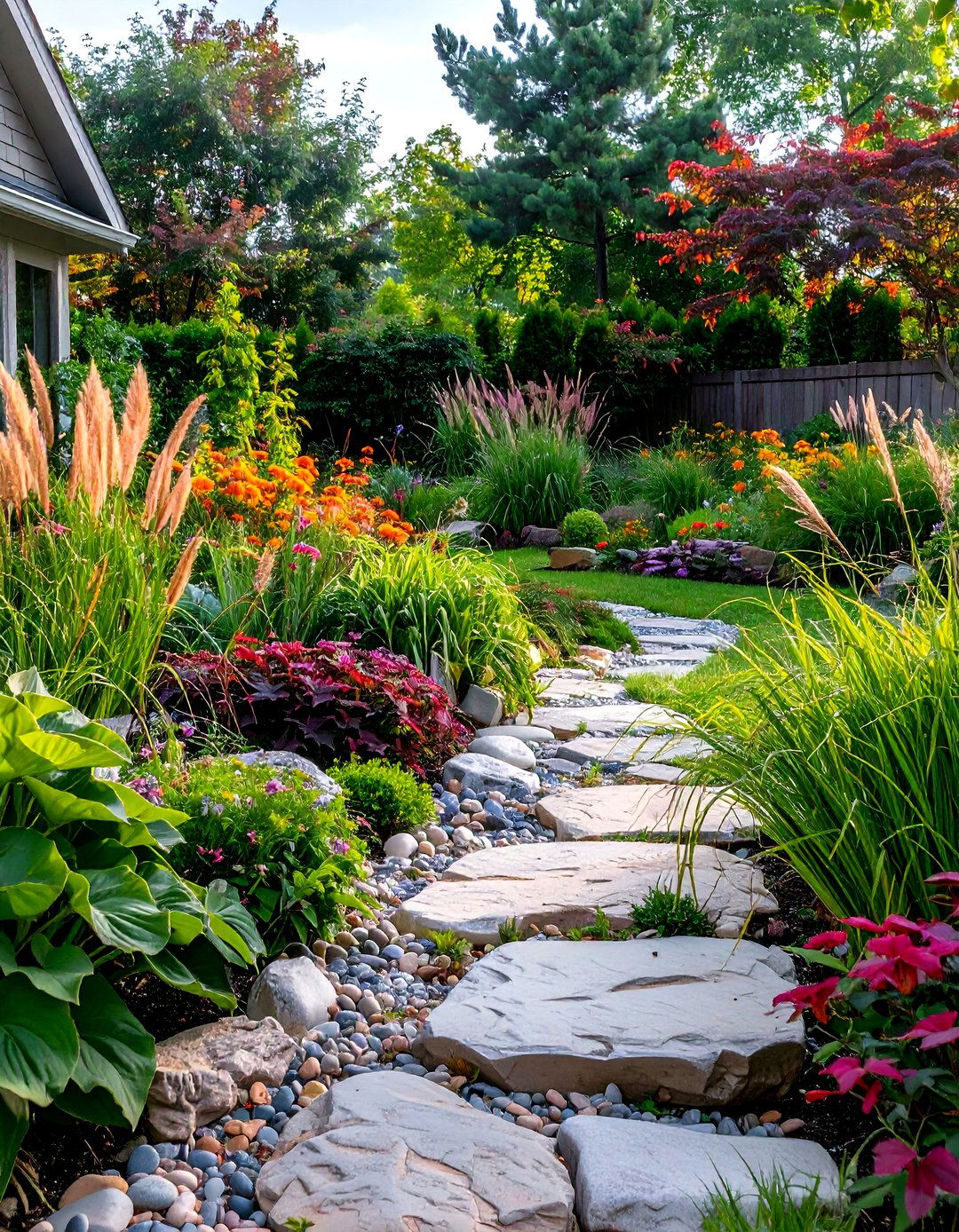
Cover wide garden beds or slopes with river rock of uniform size to suppress weeds, conserve moisture, and reflect light. Field-grown perennials like heuchera and ornamental grasses provide pops of color and texture against the smooth stones. A fabric weed barrier underneath prevents stone migration into the soil, maintaining a clean appearance. This no-mow groundcover alternative is especially effective in xeriscapes.
16. Flat Stone Seating
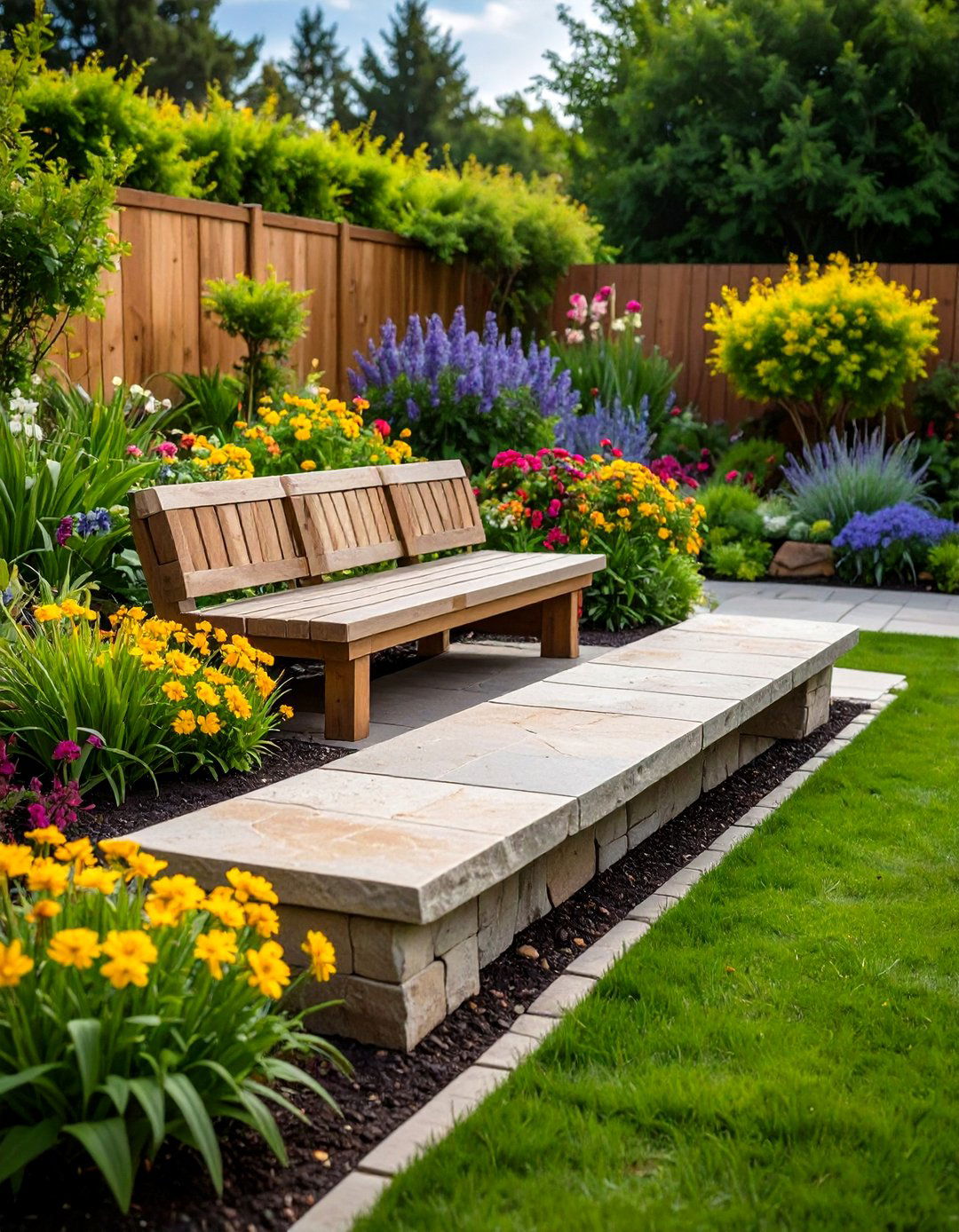
Integrate flat, bench-height stones into garden beds as informal seating. Thick slabs of sandstone or limestone placed on sturdy supports or directly on compacted base provide rustic benches that blend with the landscape. Position them under shade trees or beside focal points like water features for restful viewpoints. Adding cushions or outdoor pillows brings comfort without sacrificing natural aesthetic.
17. Moon Gate Archway
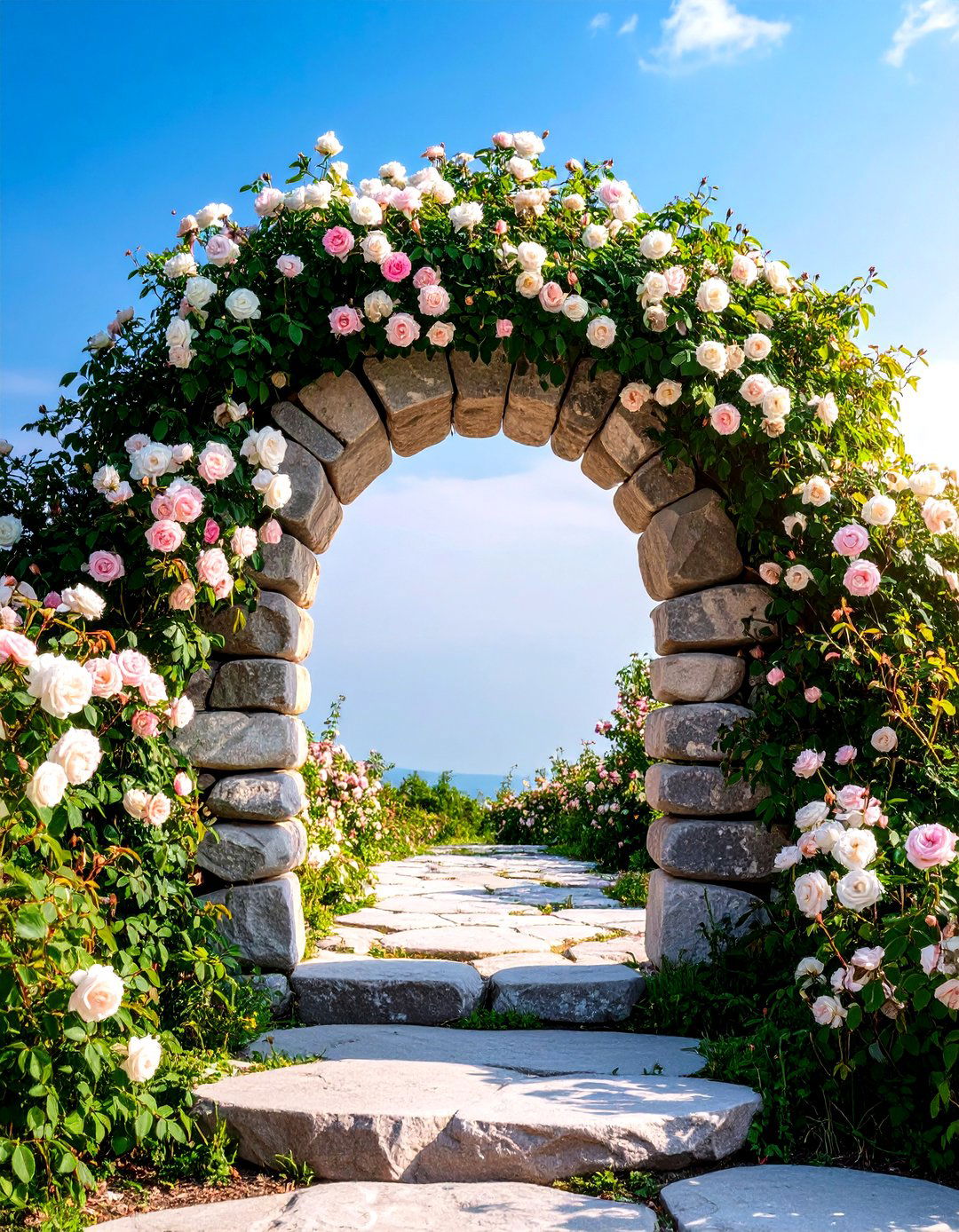
Frame a circular moon gate entrance with stacked stones or monolithic stone slabs carved into a ring, inviting visitors through a symbolic threshold. Surrounding plantings—climbing roses, jasmine, or wisteria—soften the hard edge and create seasonal interest. This architectural element adds a touch of classic Chinese garden design, enhancing both function and mystique.
18. Stone Water Feature
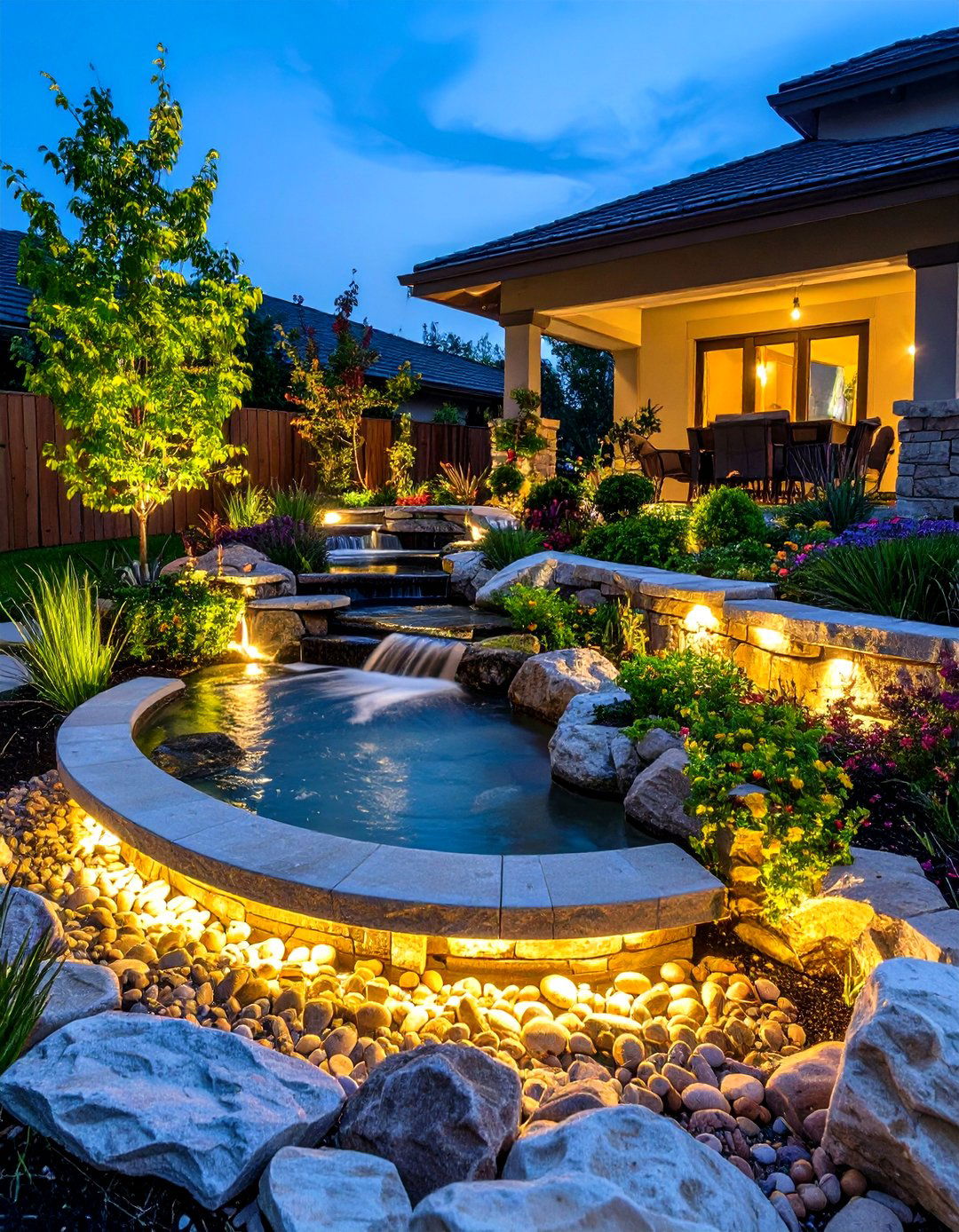
Combine stone basins, jars, or boulders with recirculating pumps to create tabletop fountains or bubbling boulder features. Moss and creeping plants naturally colonize damp stone surfaces over time, integrating the water element into the garden. LED lights beneath water surfaces highlight textures at night, transforming the feature into a multi-sensory focal point.
19. Mossy Rock Terraces
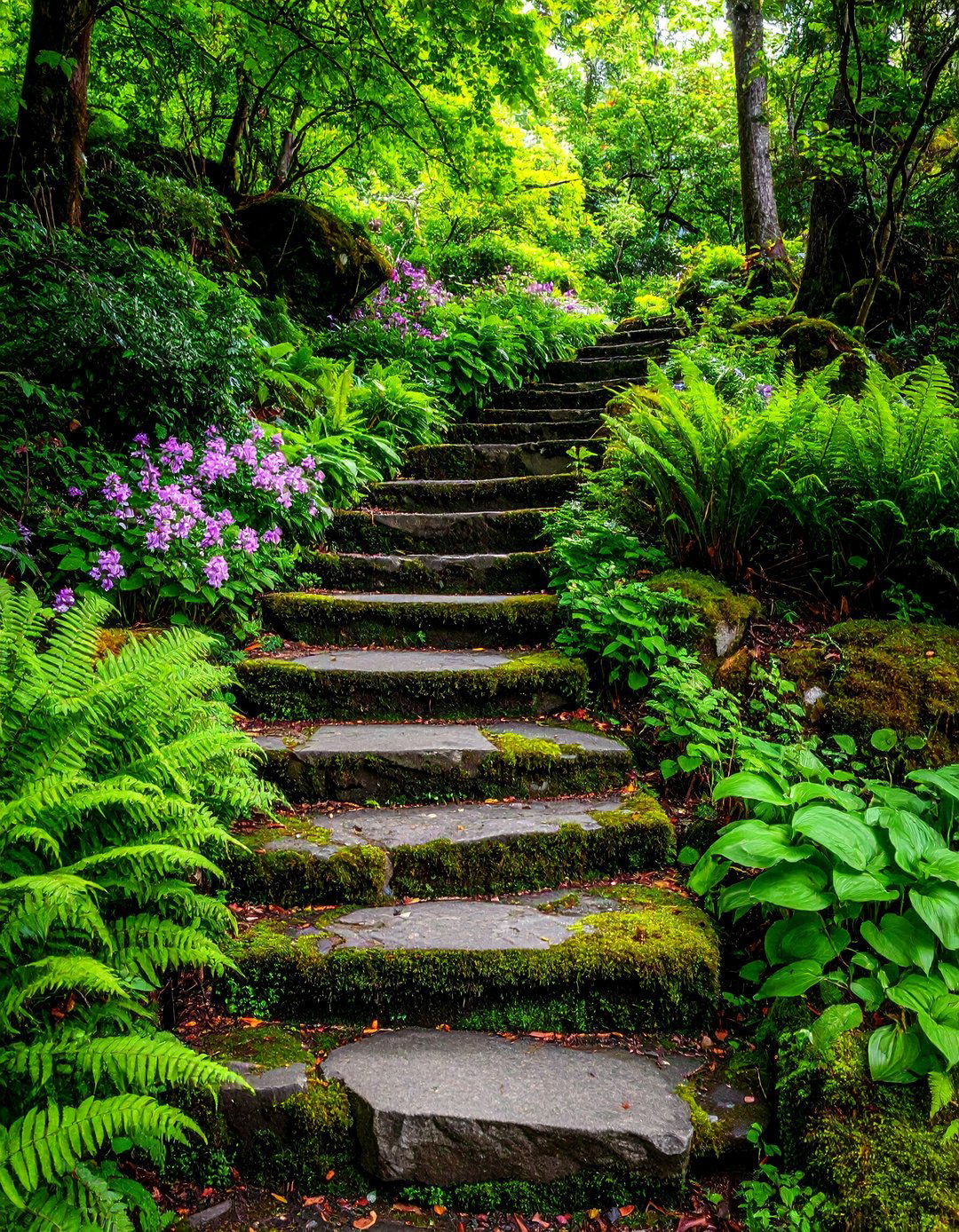
On shaded slopes, construct stepped terraces with flat stones, then propagate shade-loving moss species between cracks. Ferns, hostas, and ajuga thrive in this microclimate, cascading over stone edges for a lush, woodland look. Moss terraces require consistent moisture and limited foot traffic, ensuring the green carpets remain healthy and vibrant.
20. Stone Sculpture Garden
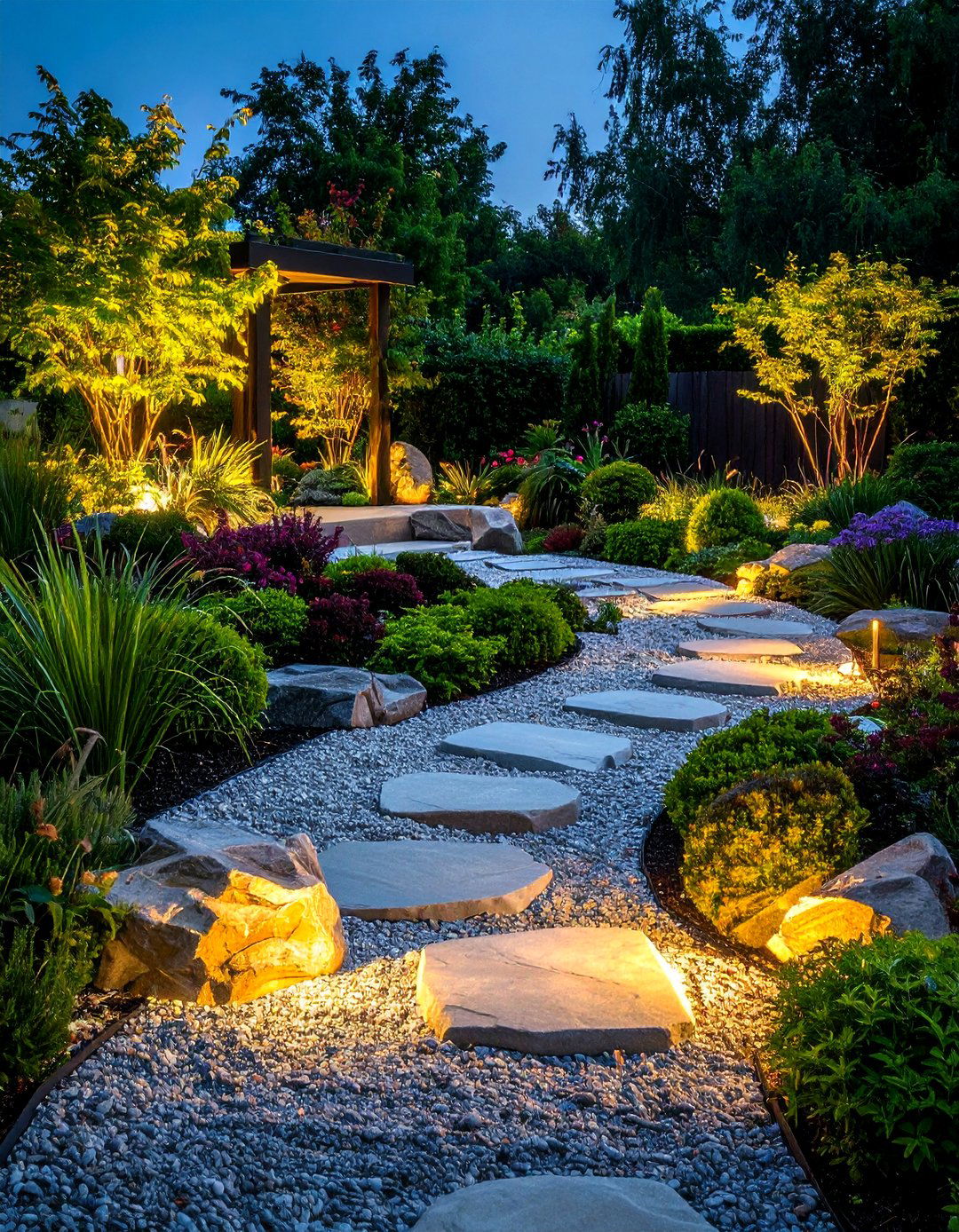
Showcase carved or naturally formed stone sculptures—abstract forms, bowls, or totems—amid minimalist plantings in a gravel or sand field. Each sculpture becomes a focal point, with placement guided by sightlines and garden pavilions. Lighting design accentuates contours and shadows, creating an artful landscape that evolves with the seasons.
Conclusion:
From alpine-inspired rockeries to serene Zen landscapes, stone gardens offer a versatile canvas for creativity, requiring minimal upkeep while delivering maximum visual impact. Whether emphasizing natural outcrops, embracing modern gabion structures, or crafting bespoke hypertufa planters, these 20 ideas demonstrate stone’s enduring appeal and its ability to harmonize form and function. By thoughtfully combining stone elements with complementary plantings and hardscape features, you can create enduring garden environments that delight the senses and thrive in diverse climates.



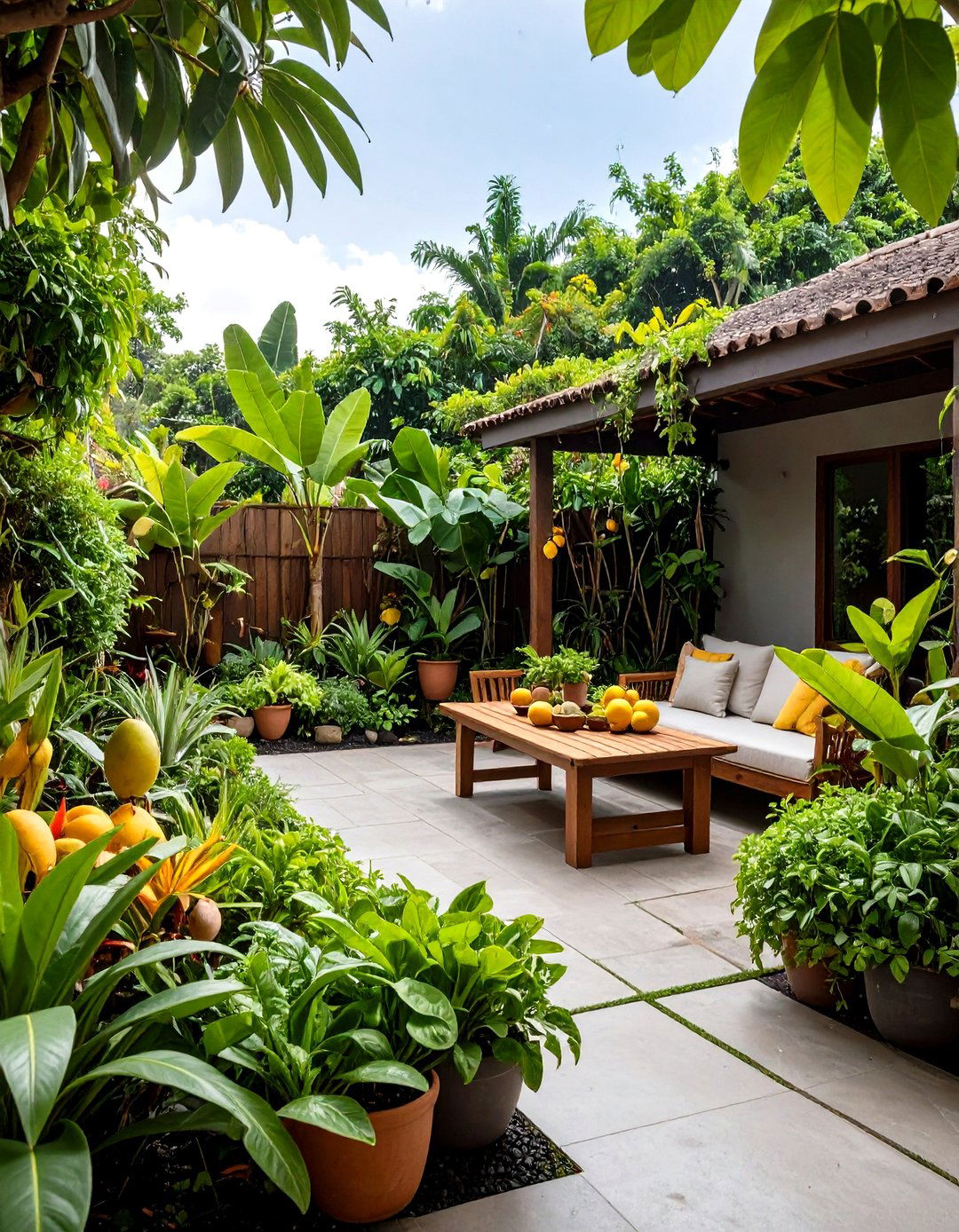

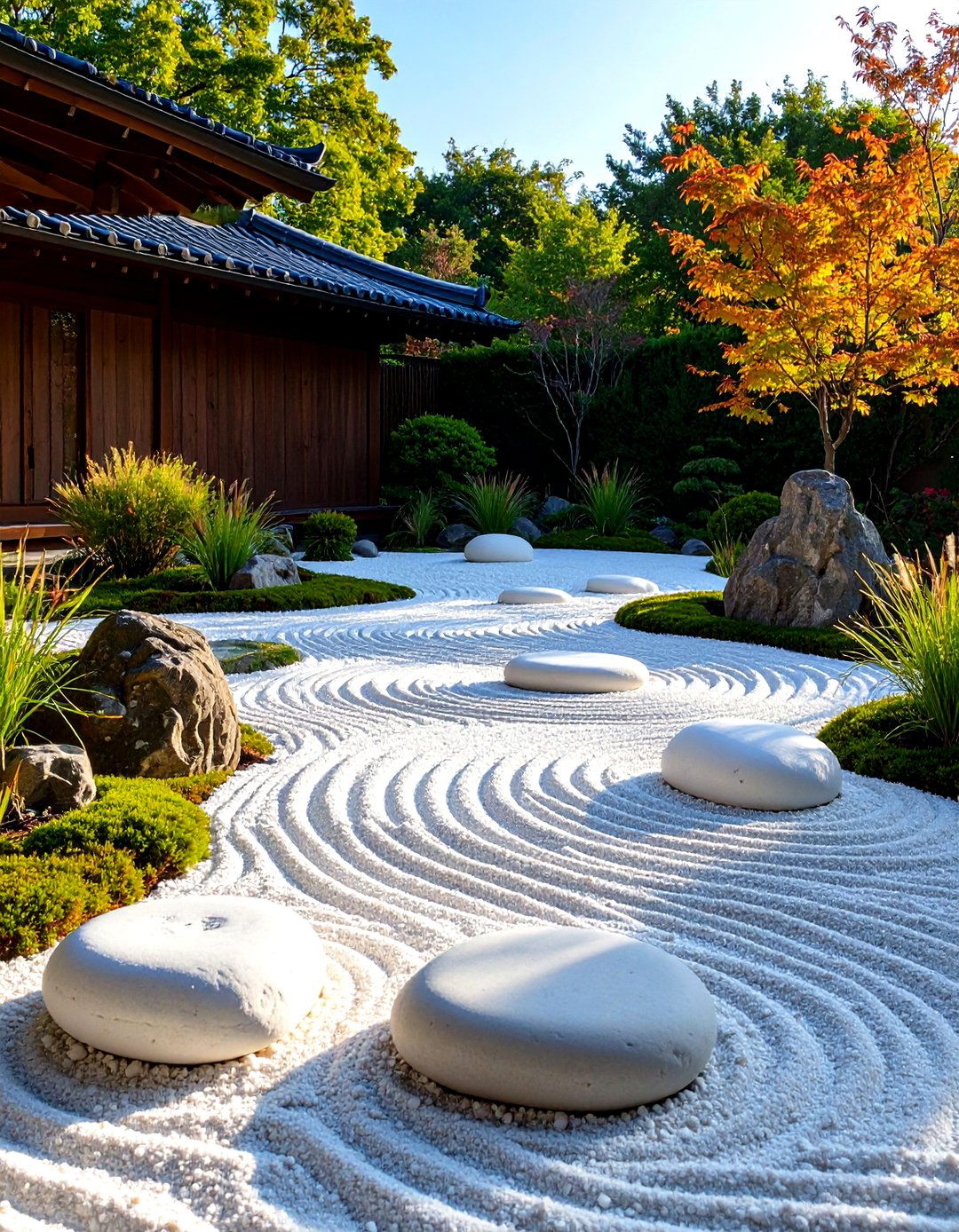
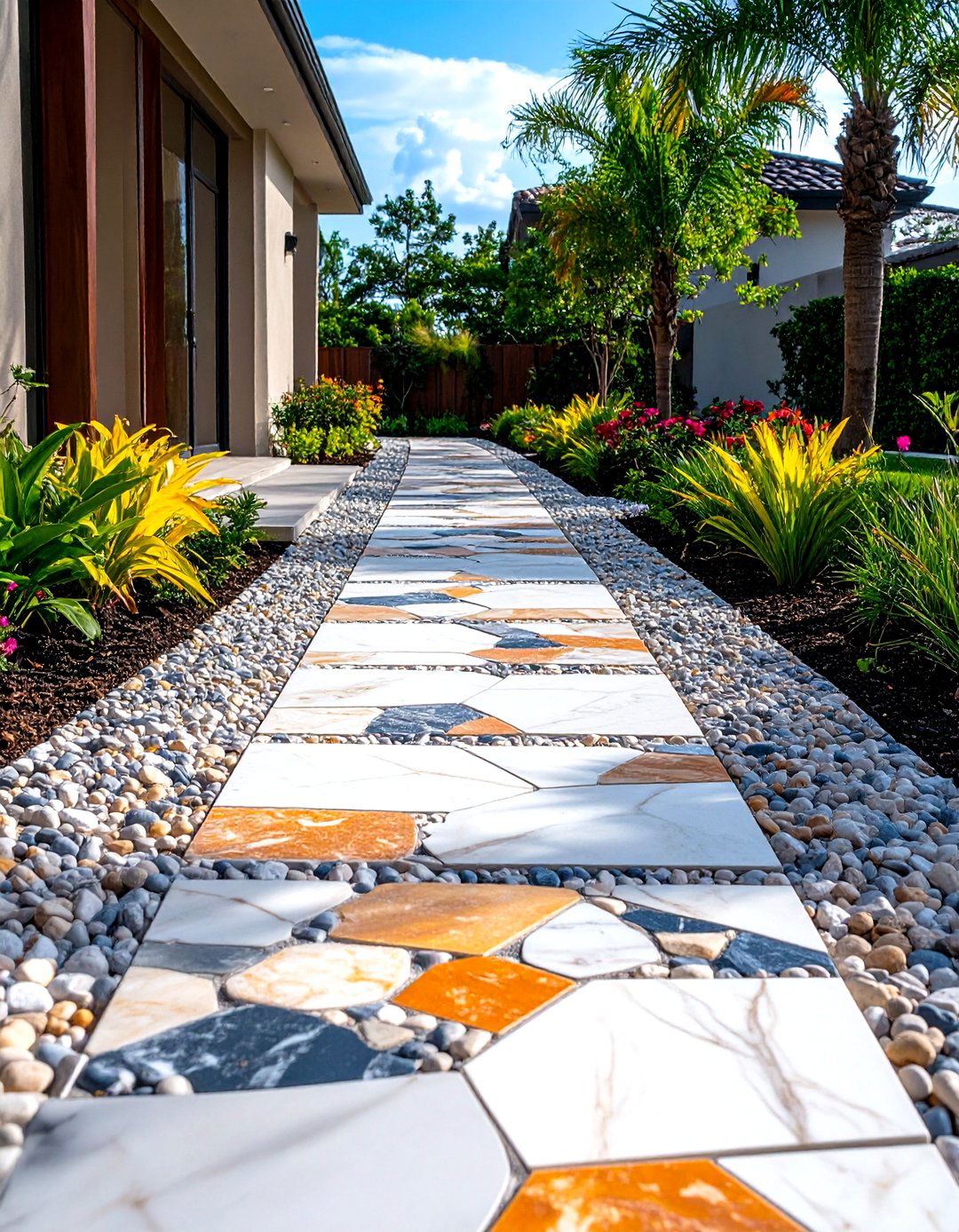
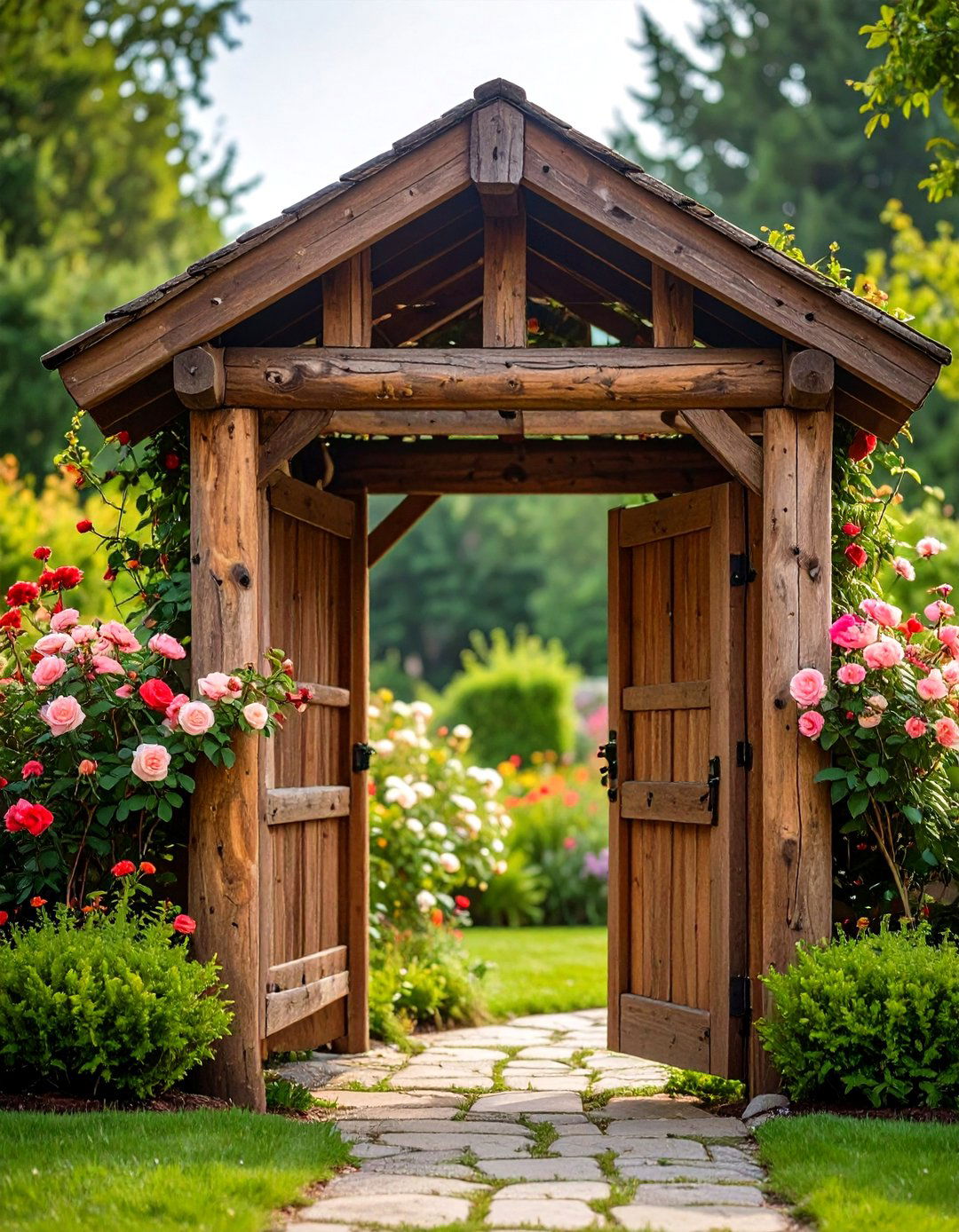
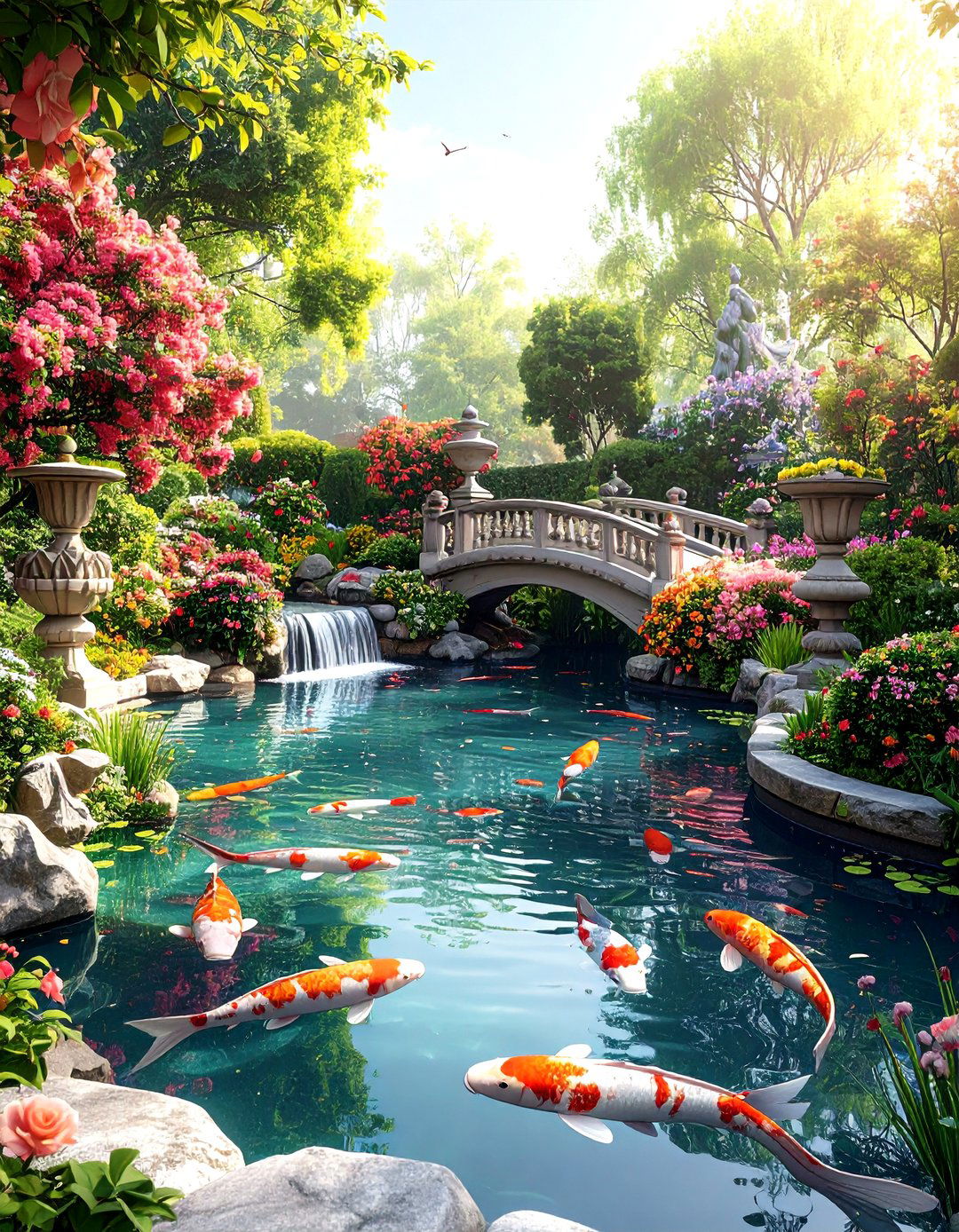
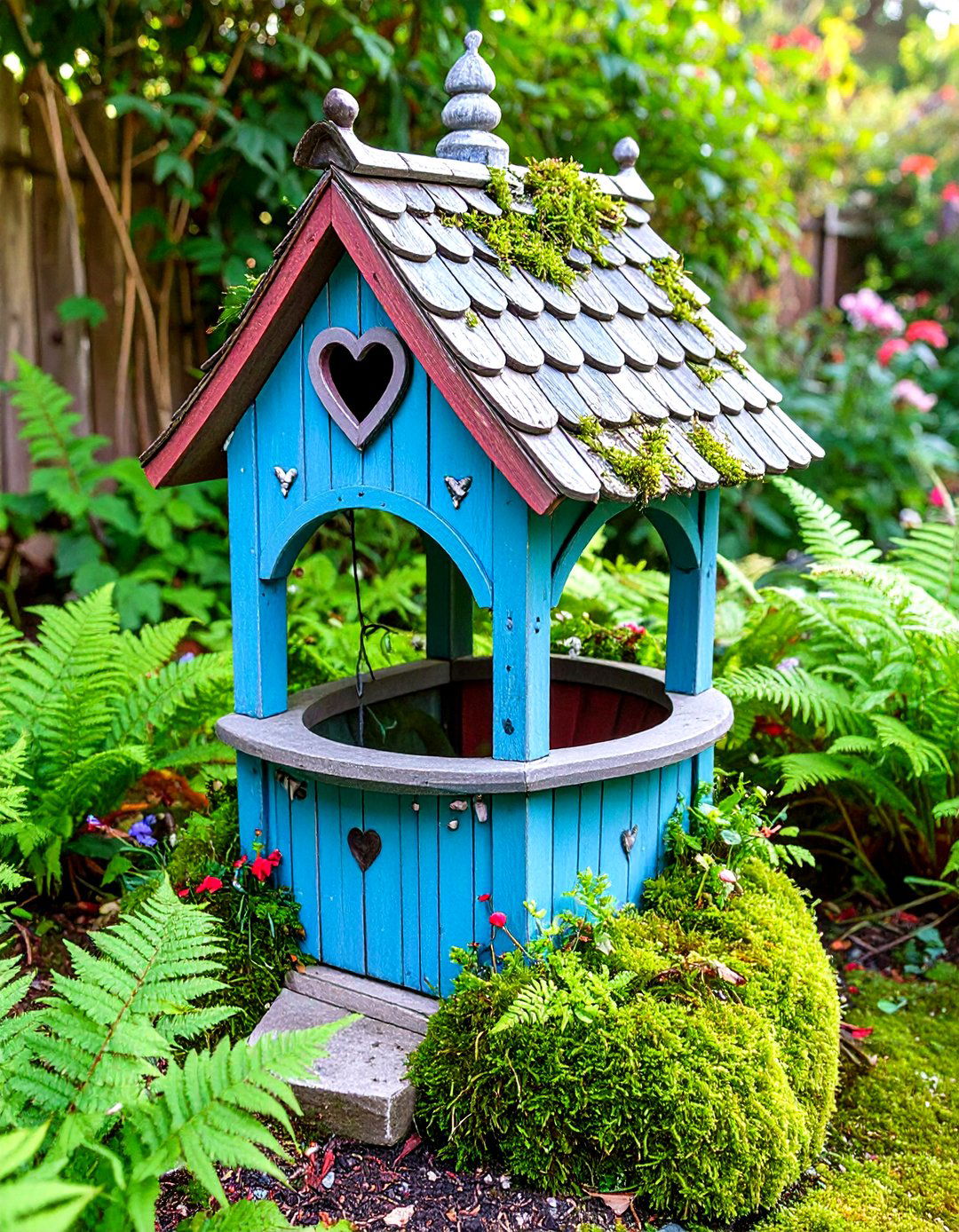


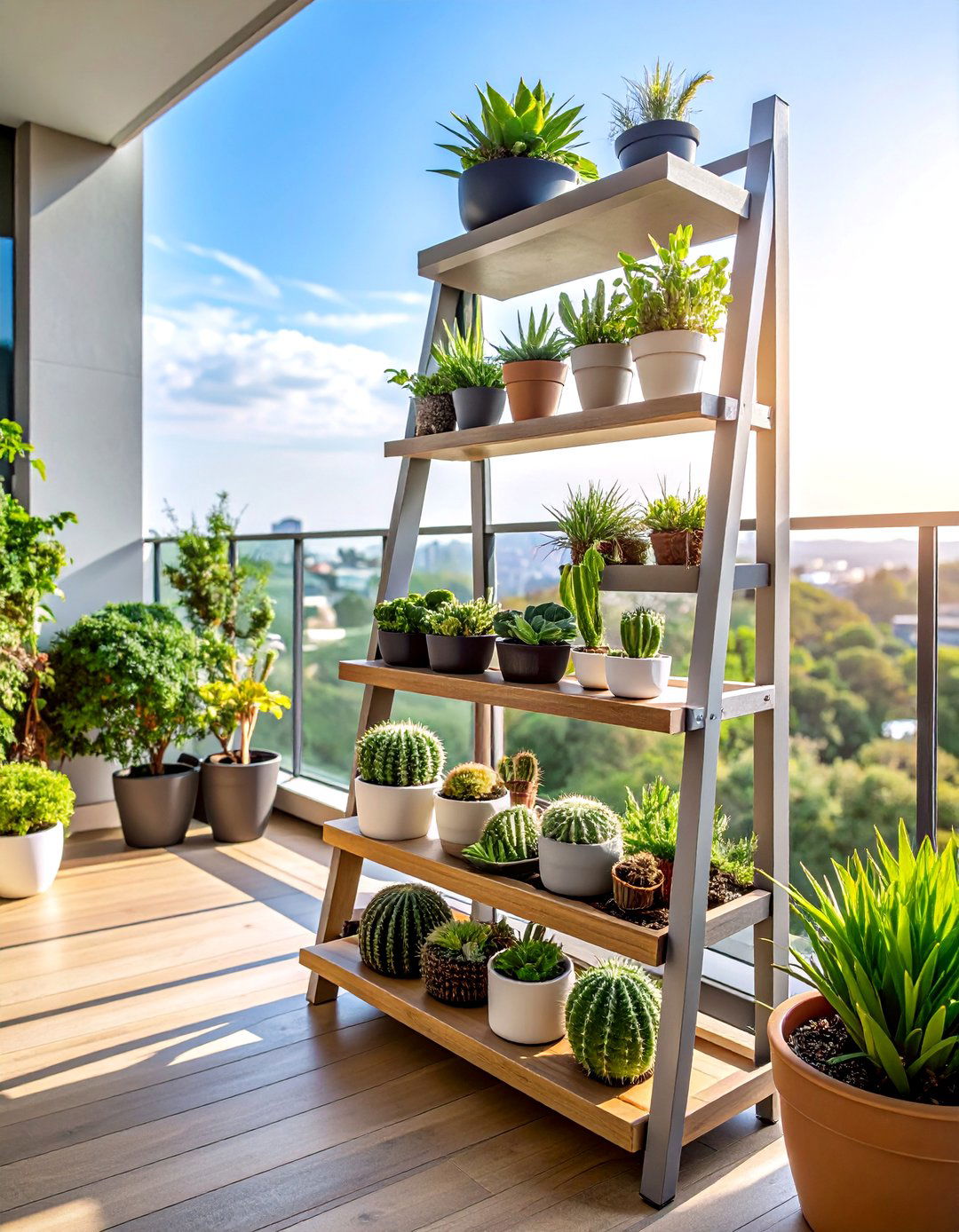
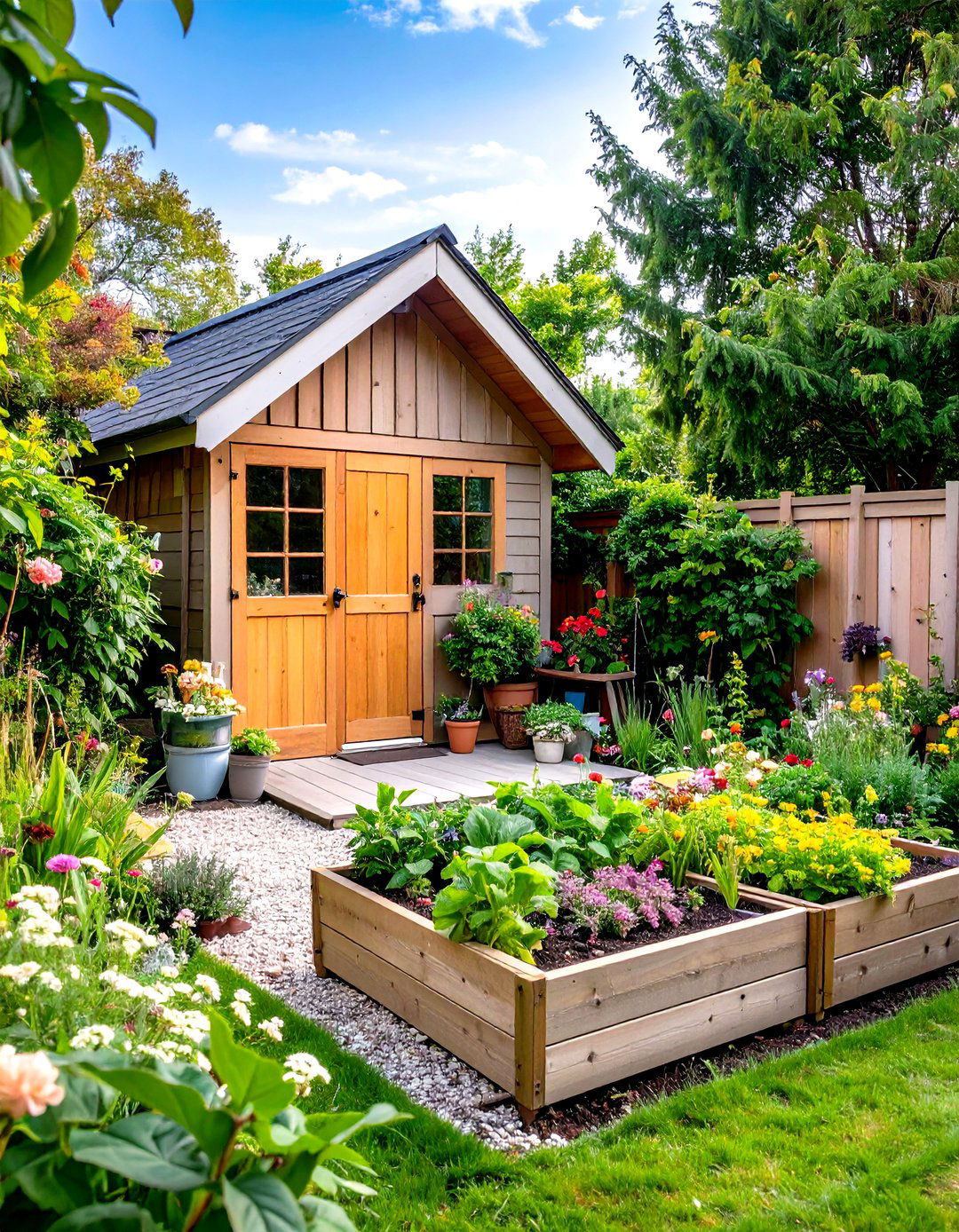
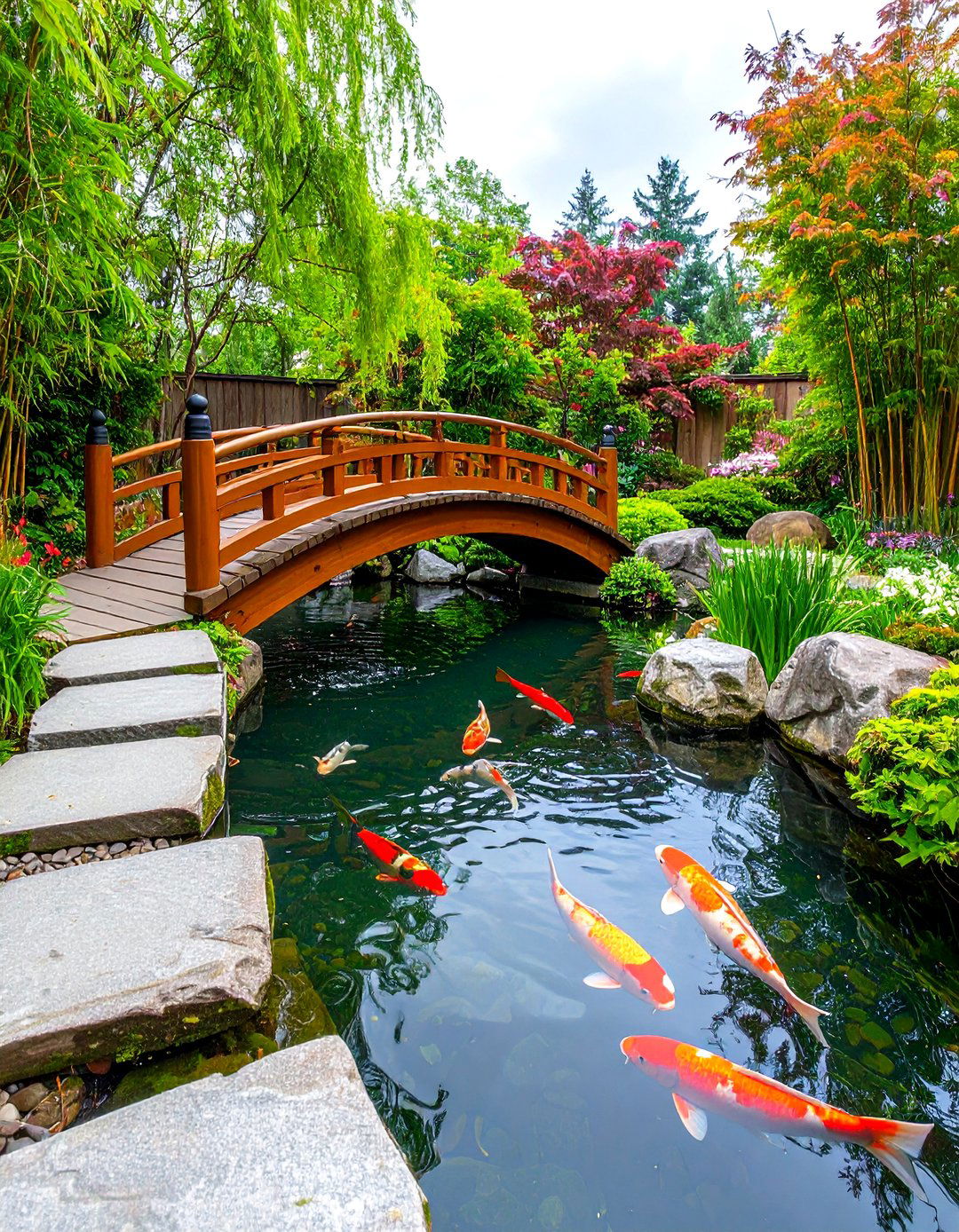

Leave a Reply